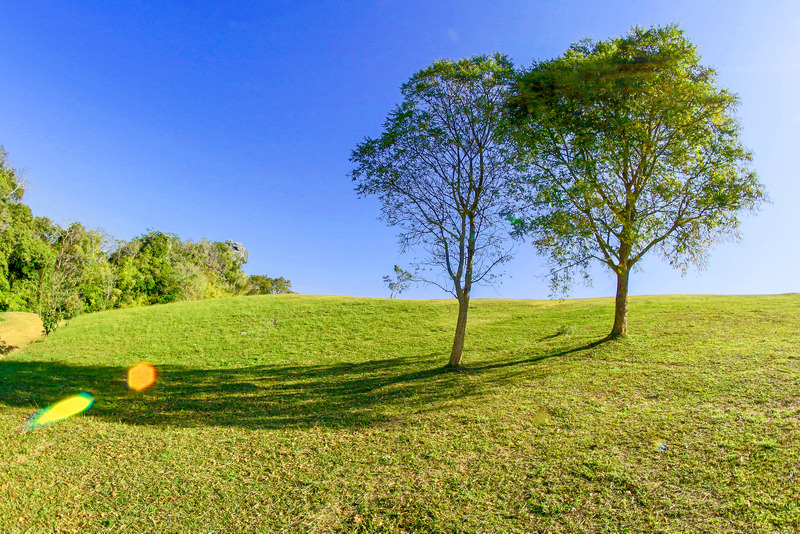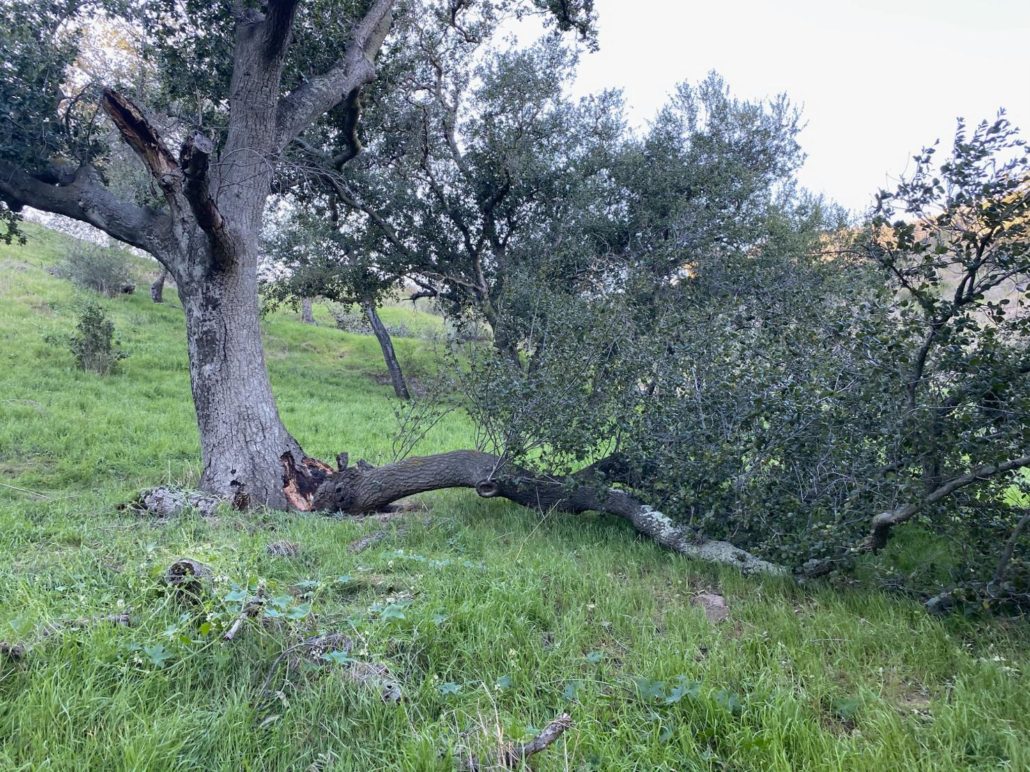4 Common Services & Benefits of a Tree Service Company
The recent Amazon rainforest fire and series of bush fires in Australia brought light to the significant damage that can happen to and in nature. In recent years, there have been massive movements across the globe to save mother earth, and many of them start with planting trees and conserving the remaining ones we have. Today, we’d like to focus on saving and keeping the surrounding trees in your neighborhood in good health.
Trees bring many benefits to our world. They do not only beautify the environment with their various colors, shapes, and heights, but they also play a vital role in maintaining an ecological balance, which is crucial to the growth and life of every living organism.

Regular tree care and maintenance are essential to the growth and lifespan of your surrounding trees. In most cases, hiring a tree service company to look after the well-being of your trees is a great solution.
If you’re wondering what a tree service company does, below are four common services they provide. Also, keep on reading to find out some benefits that you will receive from hiring a tree service company.
1. Tree care and maintenance
Tree care entails every aspect of the processes that can contribute to the prosperity of trees. This includes watering the trees, getting rid of pests, treating diseases, and trimming the leaves regularly, among others. Along with this is the expert advice that they will offer regarding the prosperity of trees and keeping up with the requirements of healthy trees. When the trees are dealt with appropriately, chances are they will become stronger, and healthier. This is what a tree service company can ensure through regular tree care and upkeep.
2. Tree pruning and complete removal
Tree pruning and complete tree removal are vital services that a tree service company can perform. Chances are that there’s a need to cut away dead or overgrown stems or branches, which is crucial to ensure the fruitfulness and growth of your trees. A tree service company can deal with these tasks with ease because they know what to prune and what not to touch. Furthermore, when your trees are old, damaged, or pose a threat to the neighborhood, a tree service company can ensure the safe removal of the impacted trees to ensure the safety of the surroundings.
3. Protection of natural beauty
The goal of every tree service company is to protect the natural beauty of a property while securing the neighborhood and its belongings. Part of the company’s services includes expelling evergreens that have been infected by pests, such as spruce budworm and the Pine Beetle. It has the right product solutions to exterminate these pests without harming the trees themselves. When trees, shrubs, or other plants are infected, the service company can treat them to ensure they grow healthy and won’t contaminate other greeneries in the area.
4. Tree stump removal
Tree stumps aren’t only unsightly, but they are actually dangerous to individuals because they may topple over them. Part of the offering that tree service companies can provide include the removal of tree stumps. If the tree stump is something that you’re worried about, then it makes sense to hire a tree service company.
Benefits of hiring a tree service company

After having discussed some of the common services that are offered by a tree service company, let’s now go over the benefits that you can get from hiring one, including the following:
Injury prevention: For efficient tree pruning and removal, you will need various tools and equipment to get the job done. If you aren’t an expert in these tasks, chances are that you might get yourself hurt in the process. For this reason, it’s best to leave the tree pruning and removal to the experts so that you can stay away from unwanted injuries. These experts have the knowledge, skills, and expertise to perform these services. They also have the protective gear needed to ensure that they remain safe while working.
Time saved: The process of removing, pruning, and even taking care of your trees is time-consuming. If you don’t have all the time in the world, it’s best to leave them to a tree service company. Doing so can help you complete the job faster compared to doing it yourself. Expect that these professionals have the experience and know the best methods to get the work done in the shortest time possible.
Prompt emergency action: During emergency situations, the need to contact a tree service company is imperative for your safety, your property, and that of the neighborhood. If a recent storm has caused your trees to fall and land on your property, this company can efficiently remove the debris and ensure that there are no more risks or damage to property. They also help rehabilitate the trees to avoid further damage by pruning them regularly and removing the weaker branches.
Bracing and cabling: Bracing and cabling are processes used to enhance the stability of the weaker trees by putting a cable in them to provide support. A tree service company can properly perform this procedure because they know what to do and how to install them.
Preventive maintenance and cleaning: As discussed above, the tree company will ensure that your trees remain healthy for as long as possible. At the same time, professionals will reduce any disease, site problems, and insects that may affect the well-being of the trees. Furthermore, most tree service companies offer cleaning services after removing or pruning the trees. This means that there will be no trunks or branches left in your compound.
At this point, you now have a thorough idea as to what a tree service company does and the benefits that they will offer you. If you have surrounding trees that need to be taken care of or if there are issues starting to manifest in your trees, it is best that you contact a tree service company immediately and see how they can best help you. Their work is to provide advice and guide you as the client to take every step necessary to have healthy, beautiful trees.
If you’re looking for a certified arborist in Orange County, get in touch with us today to see how we can help.

